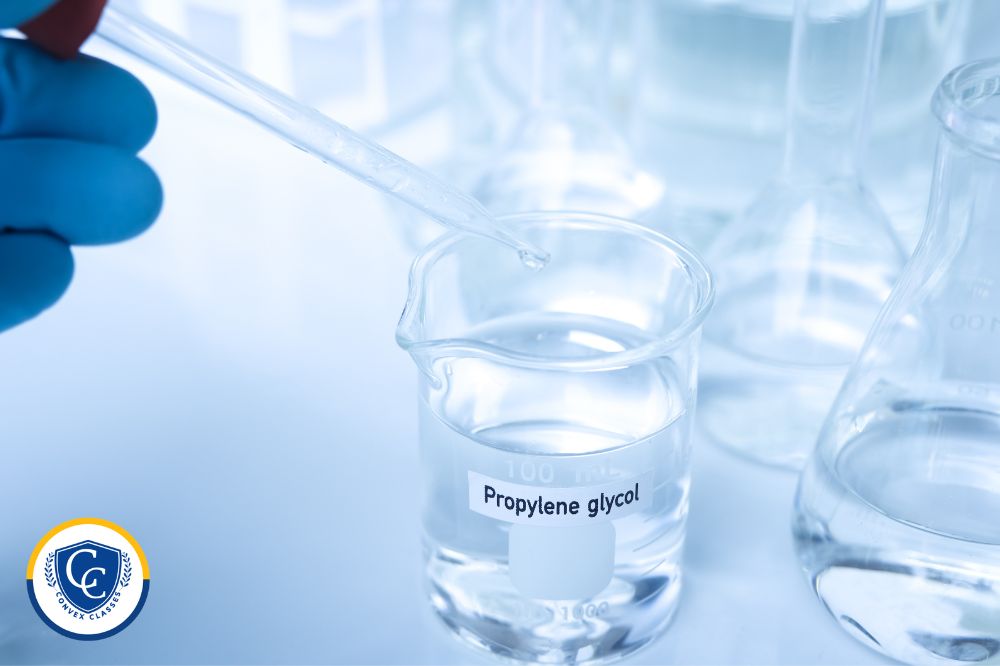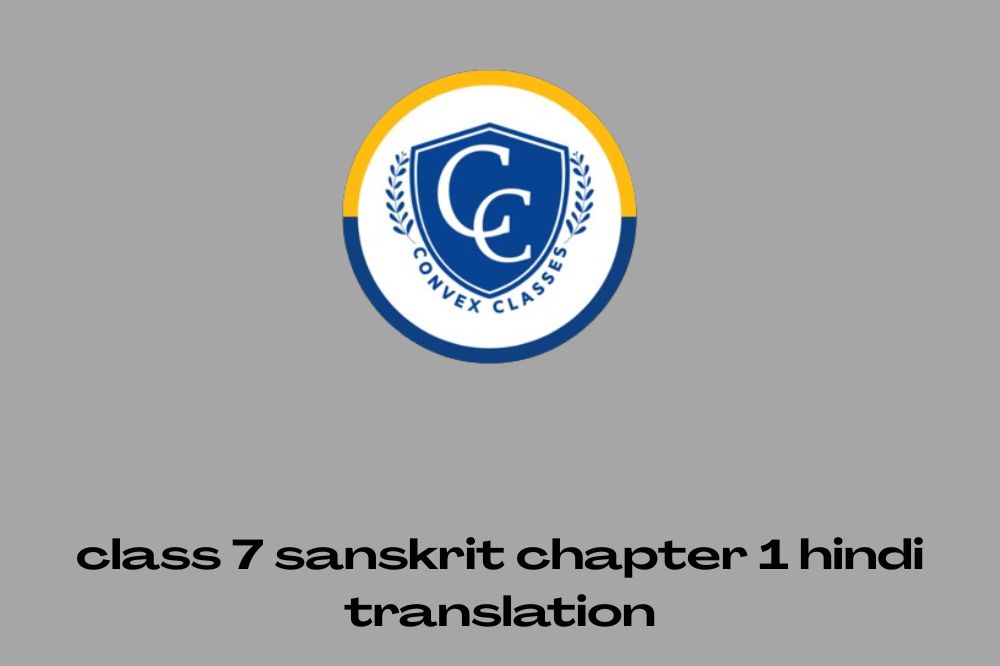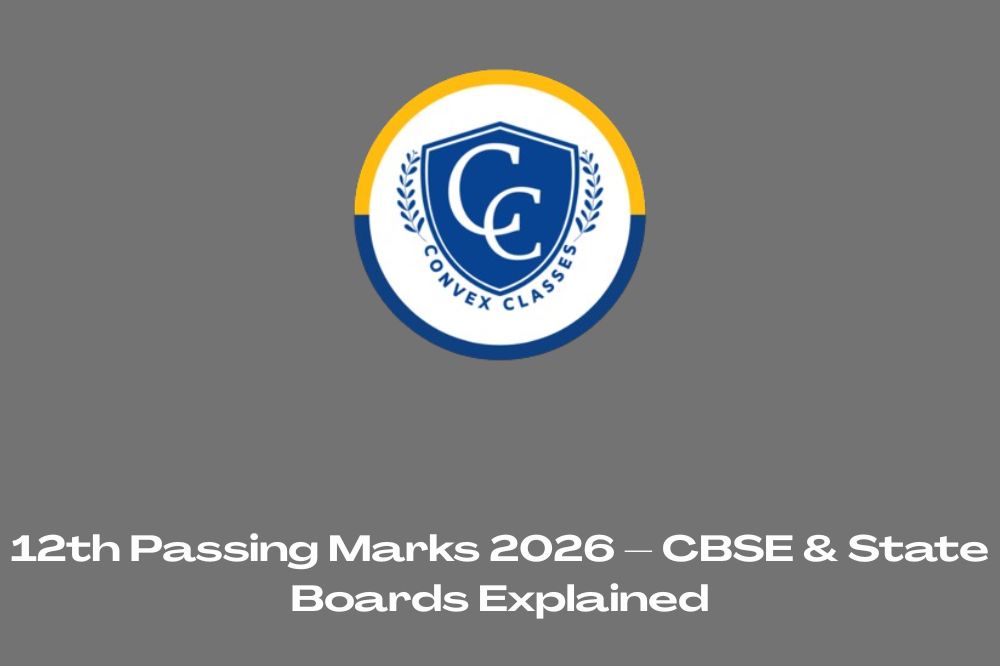Chemical reactions are fundamental processes in chemistry that involve the transformation of substances. For Class 10 students, understanding these reactions and how to represent them using chemical equations is crucial. In this article, we will explore the basics of chemical reactions and equations, providing clear explanations and examples to help you grasp these concepts.
What is a Chemical Reaction?
A chemical reaction is a process where one or more substances, known as reactants, are transformed into one or more different substances, called products. This transformation involves the breaking and forming of chemical bonds.
Class 10 Electricity Notes: Free PDF Download
Types of Chemical Reactions
- Combination Reactions: Two or more reactants combine to form a single product.
- Decomposition Reactions: A single compound breaks down into two or more simpler substances.
- Displacement Reactions: An element in a compound is replaced by another element.
- Double Displacement Reactions: The ions of two compounds exchange places in an aqueous solution to form two new compounds.
Chemical Equations
Chemical equations are symbolic representations of chemical reactions. They show the reactants and products, along with their quantities. A balanced chemical equation has the same number of atoms of each element on both sides of the equation.
Balancing Chemical Equations
Balancing chemical equations is essential to satisfy the Law of Conservation of Mass. Here are the steps to balance a chemical equation:
- Write the unbalanced equation.
- Count the number of atoms of each element on both sides.
- Use coefficients to balance the atoms, starting with the most complex molecule.
- Check to ensure all atoms are balanced.
12 Hours Study Time Table for NEET 2025
Example of Balancing a Chemical Equation
Unbalanced Equation: $$Fe + O_2 \rightarrow Fe_2O_3$$
Balanced Equation: $$4Fe + 3O_2 \rightarrow 2Fe_2O_3$$
Conclusion
Understanding chemical reactions and equations is a vital part of Class 10 chemistry. By mastering these concepts, students can better appreciate the changes that occur in matter and the principles governing these changes.
For a more detailed explanation and additional examples, download our comprehensive PDF notes here.
Watch Our YouTube Video
To further enhance your understanding, watch our detailed YouTube video on this topic here.
FAQs on Chemical Reactions and Equations
Q1: What is a chemical reaction?
A: A chemical reaction is a process in which one or more substances (reactants) are transformed into new substances (products) with different properties.
Q2: What are the different types of chemical reactions?
A: The main types of chemical reactions are:
- Combination reactions
- Decomposition reactions
- Displacement reactions
- Double displacement reactions
Q3: Why is it important to balance chemical equations?
A: Balancing chemical equations is important because it ensures that the Law of Conservation of Mass is followed, meaning the number of atoms of each element is the same on both sides of the equation.
Q4: How do you balance a chemical equation?
A: To balance a chemical equation:
- Write the unbalanced equation.
- Count the number of atoms of each element on both sides.
- Use coefficients to balance the atoms, starting with the most complex molecule.
- Check to ensure all atoms are balanced.
Q5: What is a combination reaction?
A: A combination reaction is a type of chemical reaction where two or more reactants combine to form a single product.
Q6: Can you give an example of a decomposition reaction?
A: Yes, an example of a decomposition reaction is the breakdown of hydrogen peroxide into water and oxygen
Q7: What is a displacement reaction?
A: A displacement reaction occurs when an element in a compound is replaced by another element.
Q8: What is a double displacement reaction?
A: A double displacement reaction involves the exchange of ions between two compounds to form two new compounds.
Q9: What is the Law of Conservation of Mass?
A: The Law of Conservation of Mass states that mass is neither created nor destroyed in a chemical reaction. This means the total mass of reactants equals the total mass of products.
Q10: Where can I find more resources on chemical reactions and equations?
A: You can download our comprehensive PDF notes here and watch our detailed YouTube video on this topic here.




